An electrical panel is typically located in a utility room or basement. But what if you see one outside a house? Will there be a problem? We've researched this question, and here's what we found out.
You can put an electrical panel outside a house. This is a safety requirement for houses built not more than 15 years ago. According to the National Electrical Code, this placement of the electrical panel will allow firefighters to shut off the power immediately in case of fire.
Keep on reading to learn more about exterior electrical panels and how to use them safely. We'll also teach you how to locate the electrical panel in a house and where these load centers are not allowed to be installed in a house. Let's get started!
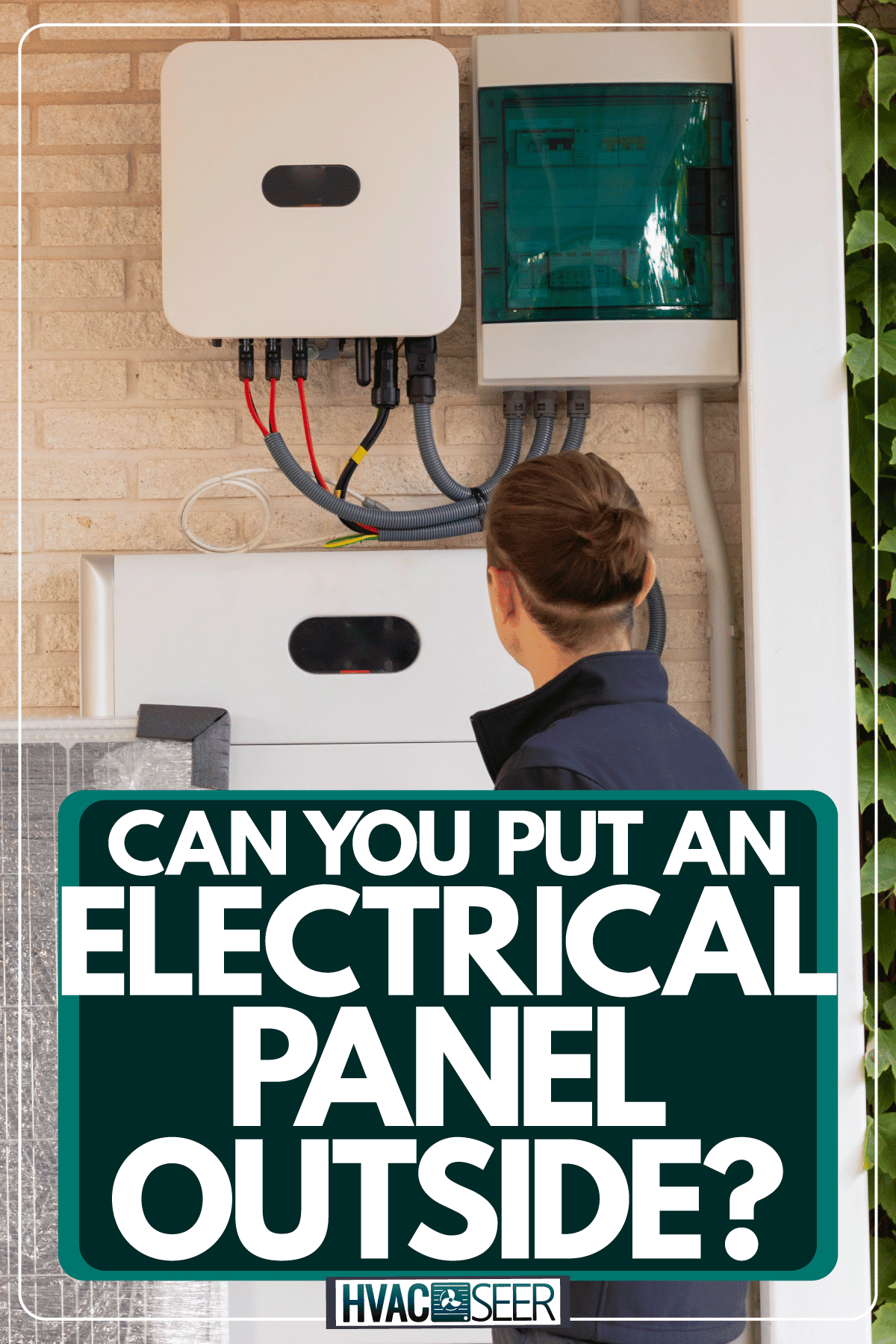
Can You Install An Electrical Panel Outside?
An electrical panel or load center is what connects your home to the grid or main power line. Inside the box, you will see all the circuits and fuses used in the house except for those areas with a dedicated electrical box. The switches allow electricity to flow to your home appliances so that you can use them.
Considering that most home appliances are run by electricity, it is important to know where your electrical panel is located so that you know where the control center is for your power supply. Whenever something is wrong with your connection, you know where to look.
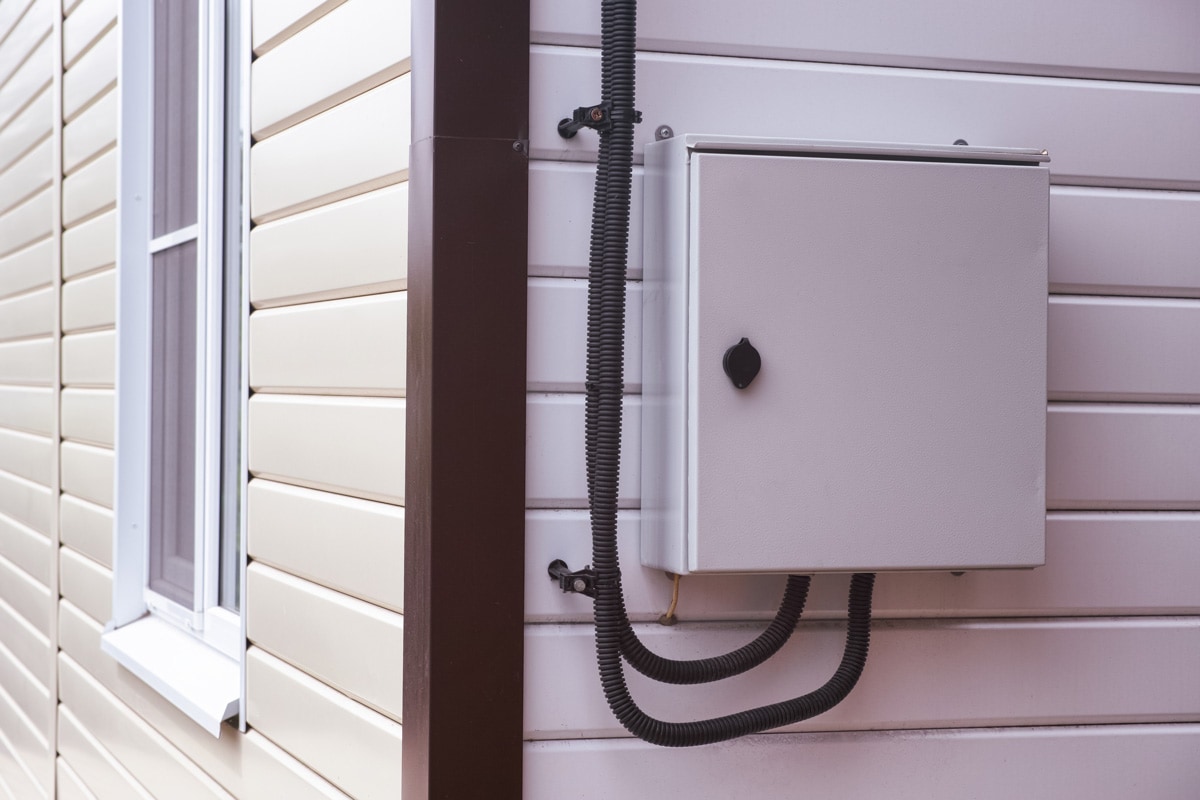
Electrical panels can be found inside or outside the house. In older homes, they are usually located near the entrance, in the utility room, or the basement.
Electrical Panels Installed Outside
In recent years, it has become more common to find these load centers outside a house. This is due to changes in regulations and codes in the last 15 years that require electrical panels to be placed on the exterior part of the house for safety purposes.
The exterior location will give firemen and other emergency responders easy access to your unit in case the need arises to shut off the power supply in your house. This will prevent further damage to your property when there's a fire, and it'll also make it safe for firefighters to do their thing.
Houses built more than 15 years ago are required to have an electrical upgrade to enhance their home's safety. This would include the transfer of the location of their load centers from the interior to the exterior part of the house as mandated by the new regulations.
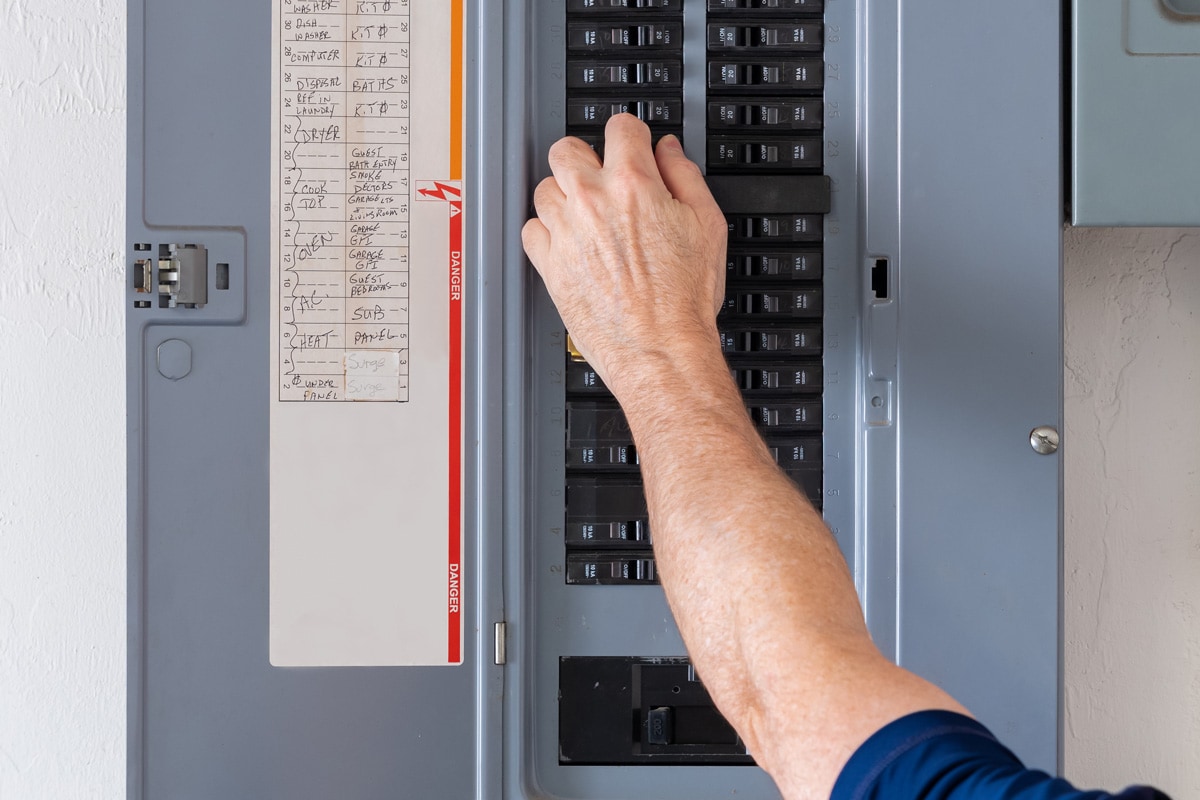
But the specific requirements may vary depending on the state you're in, so it's best to consult your local building inspector and the updated guidelines of the National Electrical Code when doing the upgrade.
How to Tell Where Your Breaker Box Is Located
All homeowners should know where their electric panel is located. This is where you check the switches and fuses around the house. It is also the main switch that controls all the electric circuits within the house. You pull its lever up to power everything or down to cut off the electric supply.
If you're not sure where the electric panel is located, you should check the roof to find the service head. This is the point where your house is connected to the main power line in your area. The electric panel is directly below it although it can be inside or inside the house.
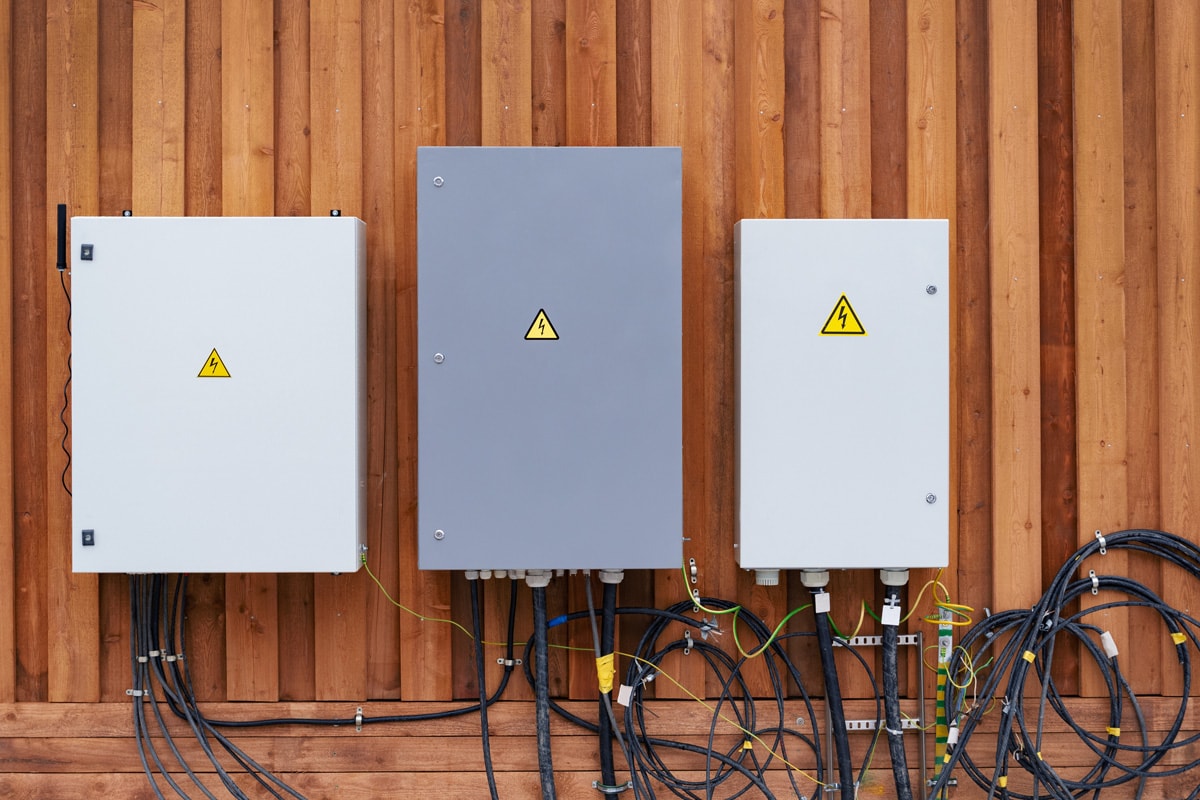
The electric panel is housed in a gray metal box with a door that swings open to expose the switches and fuses. It can also be painted to match the wall's color scheme.
Safe Use of Electrical Panels Outside the Home
It is also of primary concern to ensure that the electric panel is safe when it is positioned outside. We all know that electricity plus water is a surefire recipe for disaster.
Aside from this, the panel should be accessible to emergency responders but not to everyone. Chances are kids can play with it, or other people can mess with your electrical panel by putting some stuff inside the box.
As such, here are some important reminders regarding the safe use of electric boxes outside your home.
- An outdoor electrical panel should be weather-resistant since it is exposed to various elements and external factors. Its casing or enclosure is made of a tougher material with a Type 3 rating from the National Electrical Manufacturing Association.
- Your local building inspector has already ensured the quality and safety of the electric box installed in your home. Don't attempt to tamper with it.
- The electric box has been strategically placed for easy access to emergency responders in case the need arises. Make sure there are no obstructions around it, and proper clearance is observed. Although the National Electrical Code doesn't give a specific height requirement, it does say that the central grip should be 6' 7" at the most. A clearance of 30"X36" around the electrical box is also needed.
- There shouldn't be any flammable material within the immediate vicinity of the electrical panel to reduce the risk of fire.
- Always close the electrical panel metal box to keep unwanted elements away from it. Should there be a need to open it, observe proper safety precautions and only open it if you know how it works. Otherwise, ask someone knowledgeable about it, or better yet, call the pros.
- There should be sufficient lighting around the electrical panel so that it is easier to conduct inspections or repairs.
- Maintain cleanliness of the electrical panel. Remove any dirt and debris around it so that they won't make their way inside the box and increase the likelihood of fire.
- Report any sign of damage to the service provider immediately. This may be in the form of missing pins, broken locks, holes, rust, and corrosion. This kind of damage will increase the risk of fire and electrocution if left untreated.
These are just some ways for you to ensure the safety of your outdoor electrical panel. With proper use and care, you can have an efficient service box outside your home that'll last for a long time.
Where Are Electrical Panels Not Allowed?
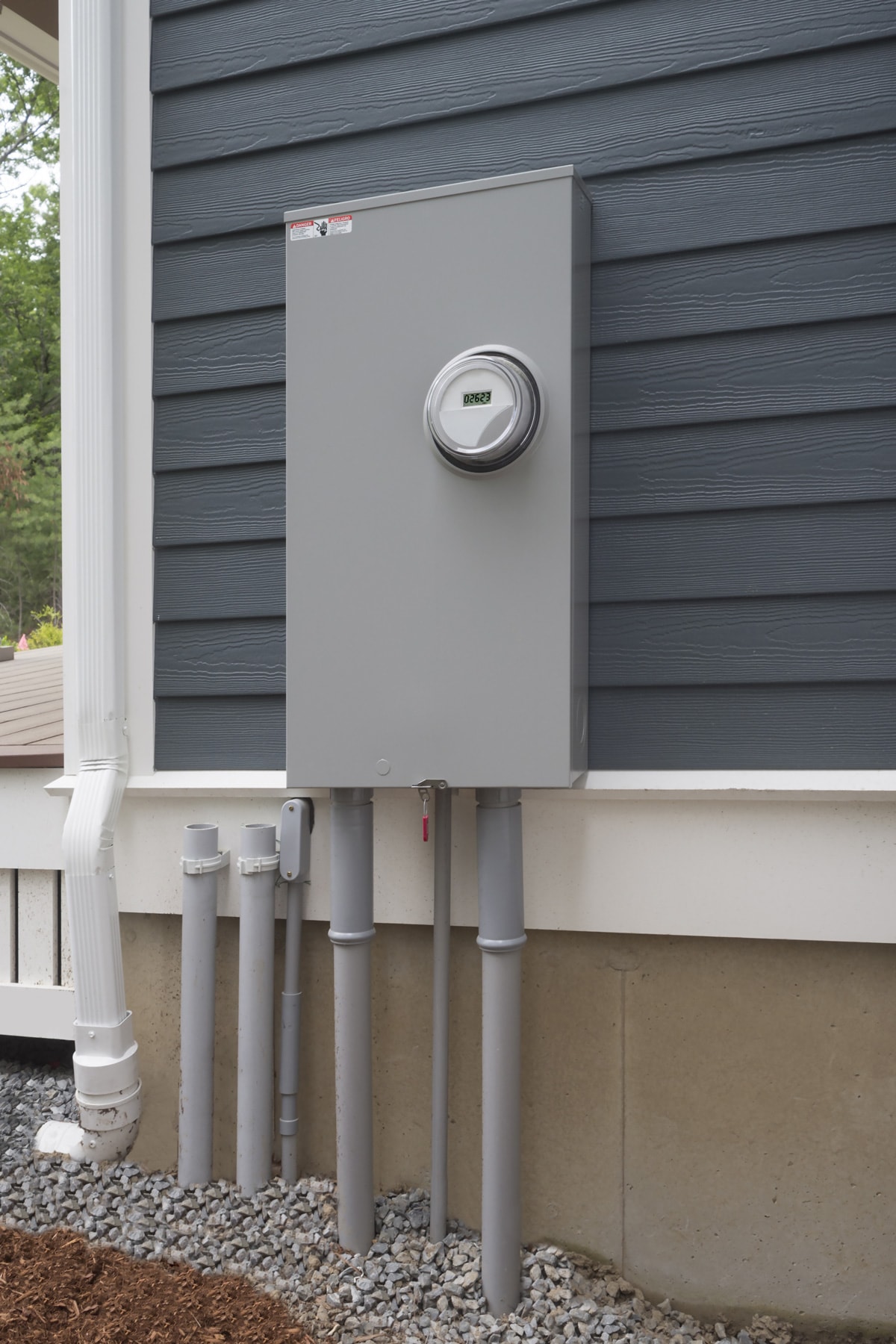
Technically, electrical panels should now be located outside a house in accordance with the National Electrical Code. But since the regulations have only been in effect for about 15 years, many houses still have their load centers inside.
If you're house hunting, the location of the electrical panels is one of the most important things that you should be checking. It can spell disaster if the panel is located in the wrong position.
Although this should have already been checked by the local building inspector, chances are changes have been made inside the house since its last inspection. These are the things you should watch out for.
- Electrical panels should not be installed in bathrooms, laundry areas, or any portion of the house that is usually damp and wet. Electricity and water do not go well together, so putting the panels in these areas is a safety and fire risk. The moist conditions will also hasten the corrosion of metal components. These parts of the house also usually do not have enough space to provide the required clearance around the electrical box.
- The load center shouldn't be placed in a room where it is exposed to fumes, gases, and excessive temperatures. Again, this will increase fire risk.
- There shouldn't be any ignitable material in its immediate vicinity. That's why these electrical boxes shouldn't be installed inside clothes closets, as the garments can easily catch fire.
- The electrical panel should also not be under the stairs. This won't give inspectors and technicians enough head clearance when something needs to be done on this unit.
- Make sure also that the load center is not behind a large appliance such as a washer or dryer. You must be able to open the box when needed. That's why proper clearance should be observed.
If you have questions regarding the location of the electrical panels in the house, you can consult your local building inspector or have the house's electrical system upgraded to be sure of your safety.
Final Thoughts
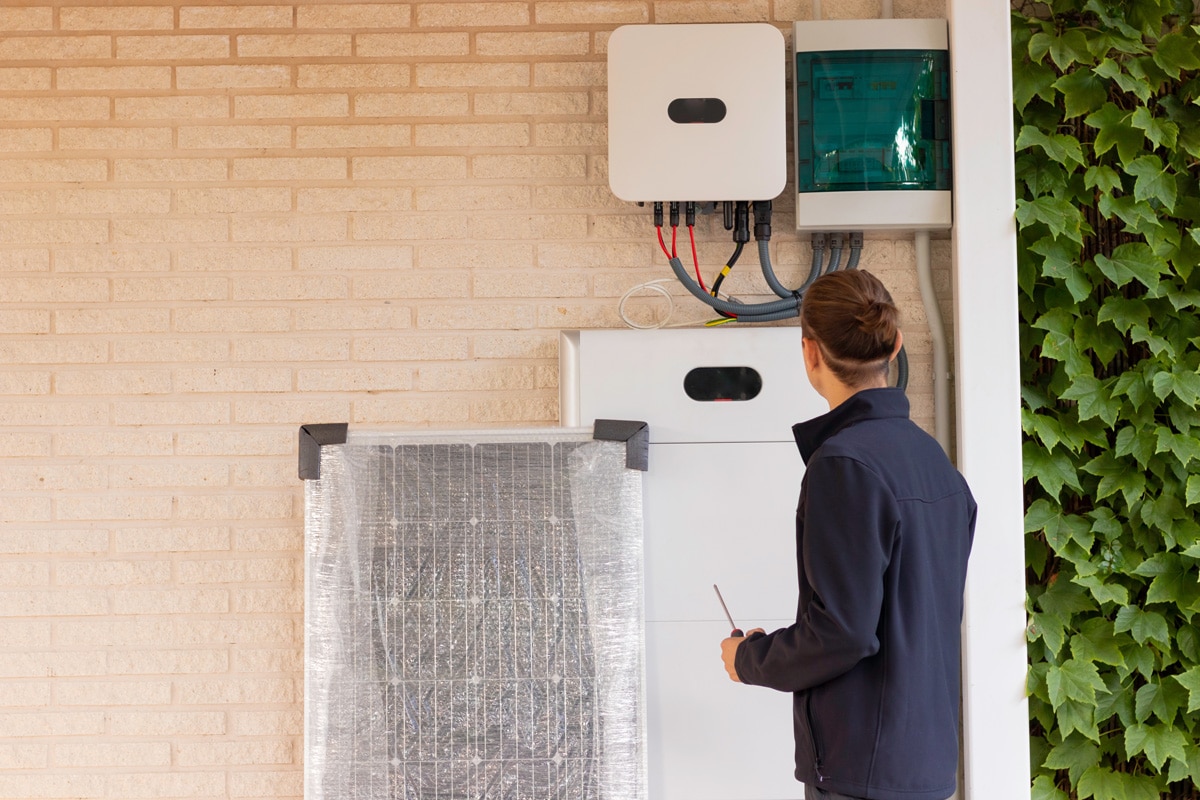
While the National Electrical Code now requires electrical panels to be positioned outside a house, we are responsible as homeowners for ensuring the safe usage of these load centers.
If you found this article helpful, you might also like the following posts:
Water Pipes Above Electrical Panels – Is It Safe? What You Need To Know!
